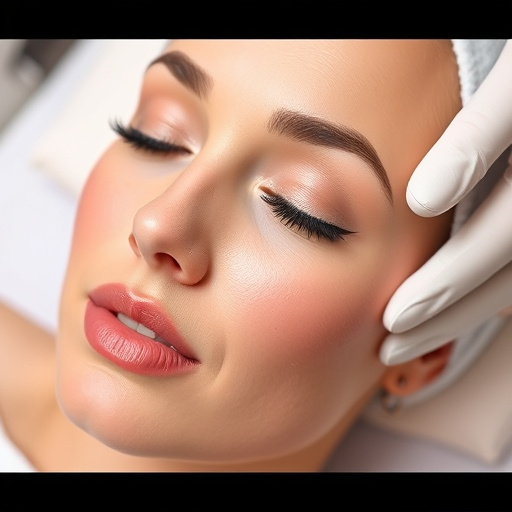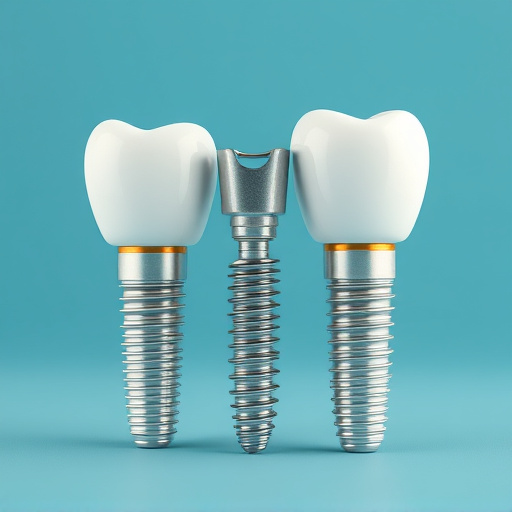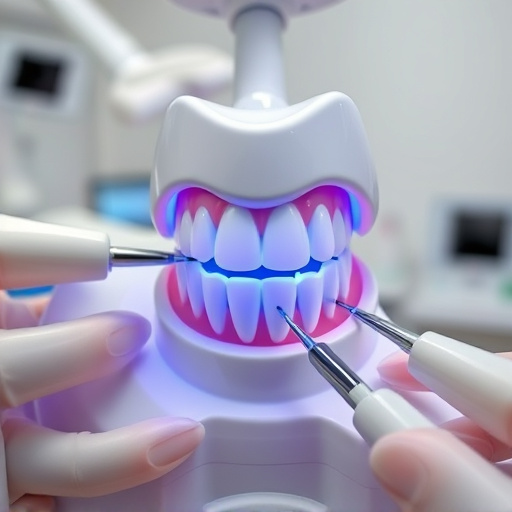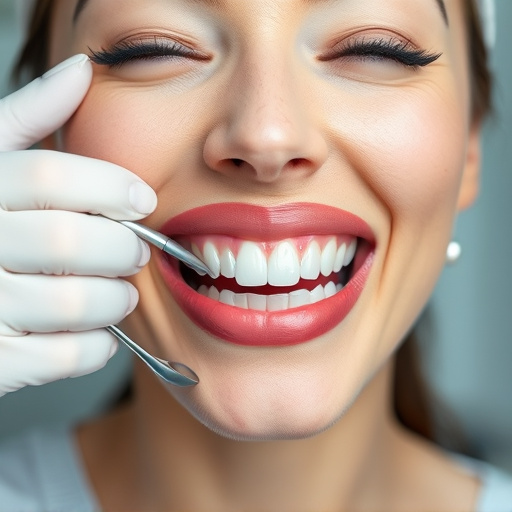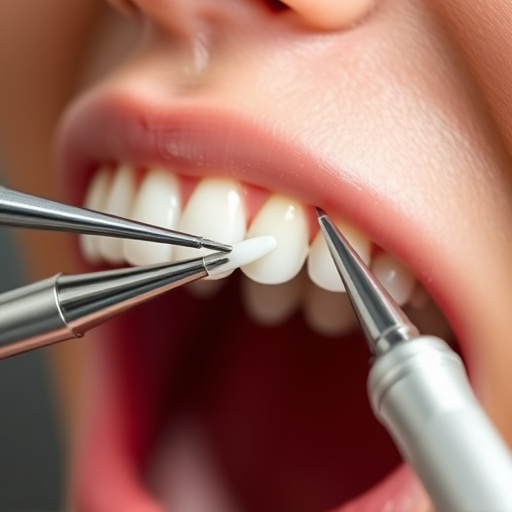A comprehensive dental exam involves detailed visual and diagnostic assessments of teeth, gums, and oral structures using specialized tools, including X-rays. Dentists evaluate decay, gum disease, and cancer while considering bite alignment, jaw health, and tissue integrity to plan treatment from cleanings to complex procedures. Digital technology enhances accuracy with 3D imaging, CAD, laser treatments, and advanced imaging for children, improving care standards. Effective patient communication pre- and post-exam ensures accurate results, with clear instructions for discomfort management and recovery, optimizing the comprehensive dental exam's effectiveness.
A comprehensive dental exam is more than just a routine check-up; it’s a meticulous evaluation designed to catch even subtle oral health issues early. This article delves into the essential components of such an exam, highlighting how advanced technology enhances accuracy and patient outcomes. We explore patient preparedness tips and post-exam care guidelines, ensuring you’re equipped with knowledge to actively participate in your dental well-being. Understanding these key aspects can significantly impact your overall oral health.
- Understanding the Components of a Comprehensive Dental Exam
- Benefits of Advanced Technology in Dental Care
- Patient Preparedness and Post-Exam Care Guidelines
Understanding the Components of a Comprehensive Dental Exam
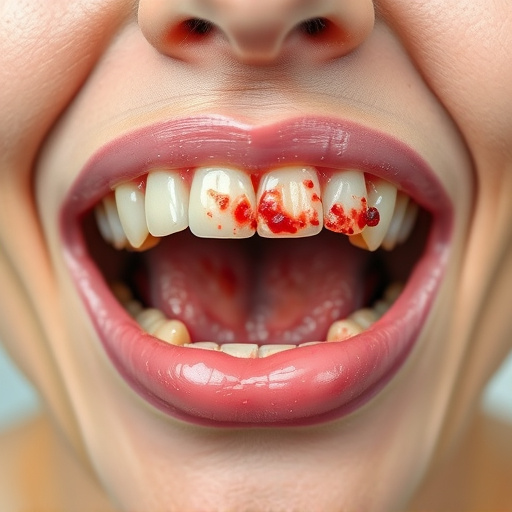
A comprehensive dental exam goes beyond a routine check-up, encompassing a detailed evaluation of oral health. It involves meticulous examination of teeth, gums, and the surrounding structures. Dentists use specialized tools and techniques to assess each component, from visual inspection to diagnostic technologies like X-rays. This process includes checking for tooth decay, gum disease, oral cancer, and other issues that may not be readily apparent. By examining the overall health of the mouth, dentists can accurately plan treatments, which might include anything from dental cleanings to complex procedures such as tooth extractions or dental implants.
During a comprehensive dental exam, dentists also consider factors like bite alignment, jaw joint health, and oral tissue integrity. They may use various tools to measure gum pocket depth, assess the condition of the enamel, and evaluate the quality of the bone supporting the teeth. This thorough assessment enables precise diagnosis and treatment recommendations, ensuring that every aspect of oral health is addressed for optimal care and long-term maintenance.
Benefits of Advanced Technology in Dental Care
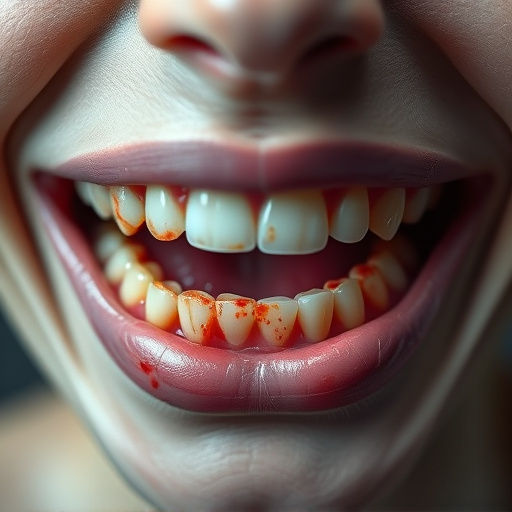
In today’s digital era, advanced technology has revolutionized dental care, significantly enhancing treatment accuracy and patient outcomes during comprehensive dental exams. Tools such as 3D imaging and computer-aided design (CAD) provide detailed, precise visualizations of teeth, gums, and jaw structures, enabling dentists to make more informed decisions. These technologies also facilitate better planning for complex procedures, including wisdom tooth removal and intricate restoration work.
Moreover, digital innovations in general dentistry have streamlined processes, making treatments more efficient and comfortable for patients. For example, laser dental technology offers precise, minimally invasive solutions for conditions like gingivitis and caries. In children’s dentistry, advanced imaging can help identify potential issues early on, promoting proper oral health development and preventing future complications. These advancements collectively contribute to a higher standard of care during comprehensive dental exams.
Patient Preparedness and Post-Exam Care Guidelines
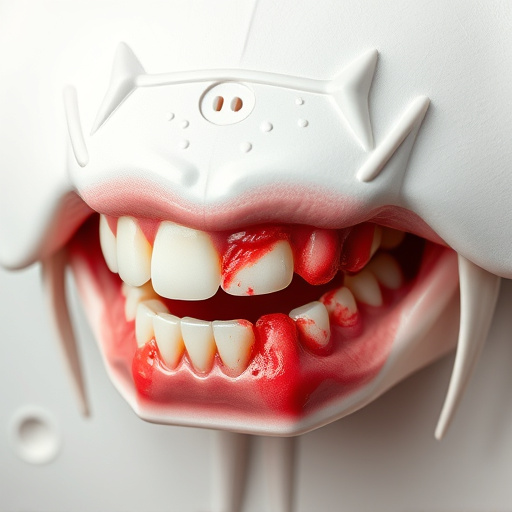
A key component of achieving high treatment accuracy during a comprehensive dental exam is patient preparation. Before the examination, patients should be informed about the process and any necessary pre-exam procedures. This might include refraining from consuming certain foods or beverages that could interfere with X-ray images, such as coffee or chewing gum. Additionally, patients are advised to bring up any concerns or symptoms they may have, including pain, sensitivity, or unusual lesions in the mouth. Proper patient education and communication ensure a collaborative environment, fostering trust and enabling dentists to gather the most accurate information during the comprehensive dental exam.
After the exam, clear post-care guidelines should be communicated to patients. This includes recommendations for managing discomfort, such as using over-the-counter pain relievers approved by the dentist. Patients are also advised to maintain good oral hygiene practices, like brushing gently and avoiding harsh mouthwashes that could irritate tissues. For specific treatments discussed during the exam, like dental implants or bonding, patients should receive clear instructions on aftercare, including diet restrictions, medication adjustments, and follow-up appointments. These guidelines ensure optimal healing and recovery, complementing the accuracy of the comprehensive dental exam results.
A comprehensive dental exam, incorporating advanced technology, is the cornerstone of precise treatment planning. By understanding each patient’s unique needs through detailed examination, we can ensure optimal oral health outcomes. Patient preparedness and proper post-exam care further enhance this process, fostering a collaborative environment for successful treatments. Embrace the benefits of modern dentistry to deliver accurate, effective, and patient-centric dental care.







